Why is my baby feeding every 2 hours
Newborn Feeding Every 2 Hours
Is your newborn feeding every 2 hours at night? Whether breastfed or formula-fed, lean how to stretch feedings and sleep a little longer.
Every 2 hours.
Almost on cue, your newborn will wake up after 2 hours screaming for yet another feeding. It doesn’t help when moms of other babies—even younger than yours—are stretching their feeds, sometimes up to five hours at night.
Yes, she’s still in the newborn stage, so you understand that her tummy is small and her sleep is erratic. But weeks, even months, into parenthood and your little one still wakes up every 2 hours on the dot.
And so, the questions pile on.
How can you get her to sleep in longer stretches? Is it normal for her to still feed so frequently, especially when others seem to go longer between feeds? Could you be doing something that’s holding her back instead of encouraging her to eat more?
How to handle your newborn feeding every 2 hours
Weeks and months after welcoming my first-born home, I still felt stuck.
Frequent feedings seemed more understandable in the early days, but when you’ve been doing this forever, it can feel depressing. I didn’t know when I’d ever get a full night of sleep again, and started to resent how often my baby nursed, especially at night.
In hindsight, I can see how short those weeks and months are compared to the grand scheme of things. But when you’re in that moment, every day can feel like an eternity, not knowing if or when life will feel normal again.
Rest assured mama, feeding every 2 hours is normal, not only in the newborn stage but I’d say throughout our lives. Think about it: even adults tend to eat in 2-3 hour chunks, with snacks eaten between meals.
But the biggest concern you likely have is the frequent feeding at night. Maybe you’re wondering when your baby will be able to eat mostly during the day and sleep at night. Because eventually, we all consume our calories during the day, even older infants. Why does it feel like yours is so far from that point?
Why does it feel like yours is so far from that point?
First, an important note: a newborn isn’t going to sleep the whole night just yet. I sleep trained my kids to go 11-12 hours straight only once they were well past the newborn stage. That said, what do you do when your little one is still too young to sleep train, but you want to encourage her to go longer between feeds?
Take a look at these steps you can try:
1. Don’t keep your baby awake too long
As a first-time mom, I assumed babies would sleep when they were tired. So, it wasn’t unusual for me to keep my baby awake for long stretches, unaware that he needed help falling asleep.
Only later did I learn that keeping him awake led him to feeling overtired and cranky. The result? Frequent wake ups between feeds and a more difficult time settling him back down.
In other words, there’s a good chance your newborn is waking up every 2 hours not out of hunger, but from feeling overtired.
Try not to keep her awake too long—90 minutes at most, and sometimes she’ll need to sleep as soon as 45 minutes after waking up.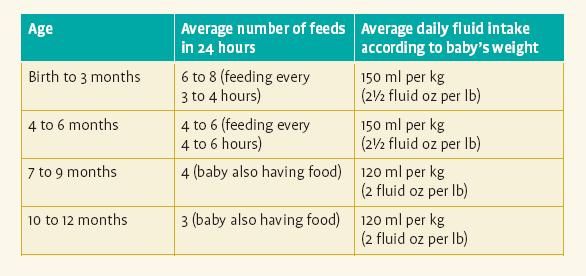
Free: Do you struggle with getting her to sleep? Her awake time just might be affecting how well she sleeps or not. Join my newsletter and get One Mistake You’re Making with Your Baby’s Awake Time—at no cost to you.
Don’t make the same mistakes I did—help her fall asleep with this one simple trick! Grab it below:
2. Feed often during the day
Feeding on demand is so important during the newborn stage, but tell that to any new mom and you might be met with dagger eyes. After all, it can be difficult to feel tied to your baby 24/7, especially if you’re the only one who can feed her.
But feeding on demand, especially during the day, ensures that she’s getting all the food she needs. Don’t try to cap her off or put her on a schedule. Instead, follow her lead and feed as often as she wants during the day.
And hopefully, by having fed plenty the whole day, she’ll have less of a need to wake up often at night. Don’t expect her to sleep through the night yet, but at least you’re filling her up during the day when she’ll start to take in most of her feeds down the line.
How to handle a newborn constantly feeding.
3. Feed extra before bedtime
The first stretch of sleep after bedtime tends to be the longest. This is when you’ll likely grab five hours of uninterrupted sleep compared to, say, four o’clock in the morning. Help your baby sleep longer for that first stretch by offering her a bit of extra food for her bedtime milk.
If you breastfeed, see if she’ll take a few extra minutes of nursing (or simply wait for her to pull away instead of putting a time limit). If you bottle-feed, try to add an extra ounce before setting her down for the night.
By topping her off with extra milk, you can ensure that she won’t wake up too soon after from hunger.
4. Dream feed
If you’re like most parents, you put your baby down for the night before your own bedtime. For instance, you might set her down at 7:30pm, then head to bed yourself at 10pm.
One trick that can pre-empt her first wake up is to offer a dream feed before you go to bed yourself. Let’s say you go to sleep at 10pm. Give her another feed at 9:30pm to top her off even further for the night. This allows you to feed her while you’re still awake and alert, and extends her feeding even more.
Let’s say you go to sleep at 10pm. Give her another feed at 9:30pm to top her off even further for the night. This allows you to feed her while you’re still awake and alert, and extends her feeding even more.
It’s okay if she’s groggy and half asleep as she feeds—there’s no need to wake her up all the way. This is more to give her a feed before she asks for it while you’re still awake.
Get more tips about dream feeding.
5. Make sure your baby is actually eating
Does it seem like your baby wakes up right after you had just fed her? There might be a chance she’s not even drinking at all, which could explain why she’s hungry so soon after feeding her. Instead of drinking, she might be half asleep and sucking for comfort, especially if she drifts off to sleep mid-feed.
How can you tell she’s eating? Listen for a swallowing sound—she should actually be gulping milk down. And look at her throat to see if it moves with each gulp. If you don’t hear a sound and her throat doesn’t move, she just might be moving her mouth and sucking.
If you suspect that she falls asleep, burp her mid-feed, talk to her, tickle her, and otherwise ensure that she stays awake while she feeds.
Learn how to stop your baby from snacking on the breast.
6. Give your baby a chance to settle
Newborns are notorious for making all sorts of sounds, even while they’re sound asleep. But back then, I’d sit up right away the minute my little guy made a peep (it didn’t help that he was in the same room as me). I felt compelled to scoop him up immediately, fearing that those sounds would escalate into full-on cries.
I’ve since learned that those sounds, and even the small whimpers and cries, can often settle on their own. The next time you hear your baby cry, try to discern the type of cry first. Does she sound like she’s complaining and whimpering, or is she angry and in need of your attention right away?
If it sounds like she might settle down, wait one minute. She might not be waking up out of hunger.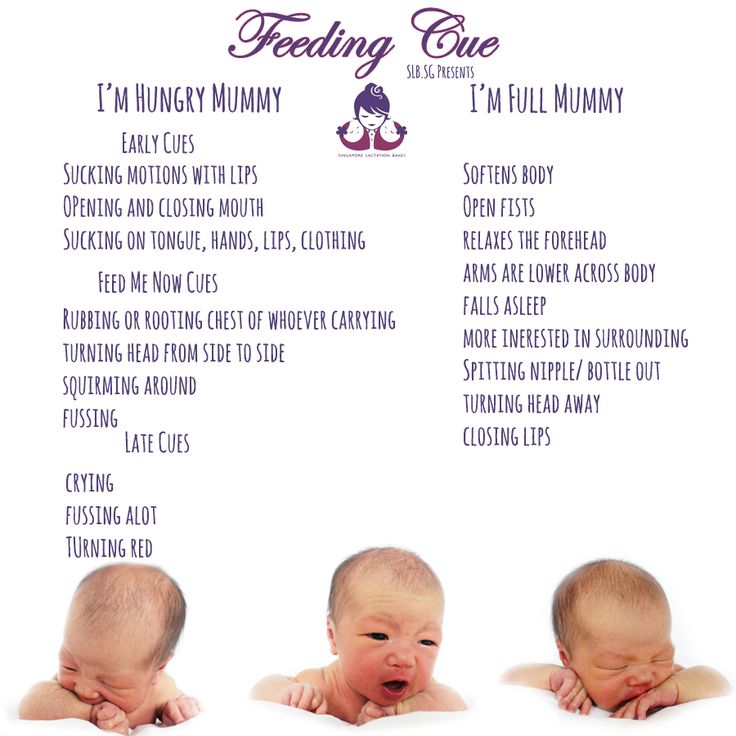 This is also a little practice that will help her overcome small discomforts.
This is also a little practice that will help her overcome small discomforts.
Conclusion
A newborn feeding every 2 hours isn’t always easy to handle. Your baby finally falls asleep, only to rest for a short while before he seems hungry again. How can you get him to sleep longer at a time?
Don’t keep him awake too long, as frequent wake ups could be a result of feeling overtired. Feed often during the day instead of capping him at a certain time or by a particular schedule. Give him extra milk before bedtime and take advantage of that long first stretch of sleep.
Before heading to bed yourself, offer a dream feed to top him off for the night while you’re still awake and alert. Make sure he’s actually eating and not just sucking for comfort. And lastly, don’t feel compelled to respond right away—he might be asleep or making small sounds and eventually settle herself down.
You can do certain things to help you stretch those feedings at night—instead of waking up every 2 hours as if on cue.
Get more tips:
- How to Get Your Baby to Adjust Using a Newborn Schedule
- 4 Reasons Your Baby Never Seems Satisfied After Breastfeeding
- Baby Feeding Every Hour (And Not Sleeping, Either)?
- 11 Ways to Cope with Newborn Sleep Deprivation
- 12 Things to Do When Your Newborn Fights Sleep
Don’t forget: Join my newsletter and get One Mistake You’re Making with Your Baby’s Awake Time—at no cost to you:
Breastfeeding FAQs: How Much and How Often (for Parents)
Breastfeeding is a natural thing to do, but it still comes with its fair share of questions. Here's what you need to know about how often and how long to breastfeed your baby.
How Often Should I Breastfeed?
Newborn babies should breastfeed 8–12 times per day for about the first month. Breast milk is easily digested, so newborns are hungry often. Frequent feedings helps stimulate your milk production during the first few weeks.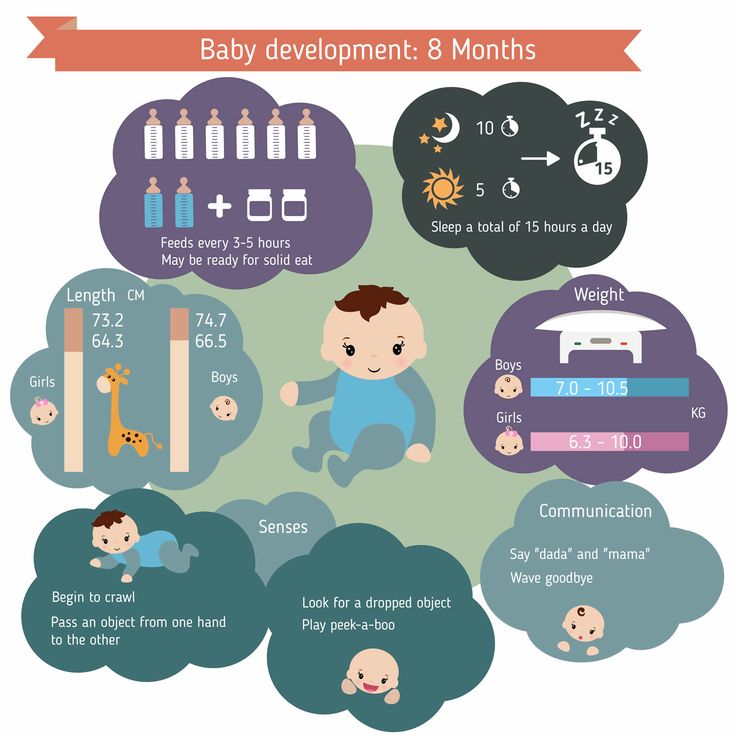
By the time your baby is 1–2 months old, he or she probably will nurse 7–9 times a day.
In the first few weeks of life, breastfeeding should be "on demand" (when your baby is hungry), which is about every 1-1/2 to 3 hours. As newborns get older, they'll nurse less often, and may have a more predictable schedule. Some might feed every 90 minutes, whereas others might go 2–3 hours between feedings.
Newborns should not go more than about 4 hours without feeding, even overnight.
How Do I Count the Time Between Feedings?
Count the length of time between feedings from the time your baby begins to nurse (rather than at the end) to when your little one starts nursing again. In other words, when your doctor asks how often your baby is feeding, you can say "about every 2 hours" if your first feeding started at 6 a.m., the next feeding was around 8 a.m., then 10 a.m., and so on.
Especially at first, you might feel like you're nursing around the clock, which is normal. Soon enough, your baby will go longer between feedings.
Soon enough, your baby will go longer between feedings.
How Long Does Nursing Take?
Newborns may nurse for up to 20 minutes or longer on one or both breasts. As babies get older and more skilled at breastfeeding, they may take about 5–10 minutes on each side.
How long it takes to breastfeed depends on you, your baby, and other things, such as whether:
- your milk supply has come in (this usually happens 2–5 days after birth)
- your let-down reflex (which causes milk to flow from the nipple) happens right away or after a few minutes into a feeding
- your milk flow is slow or fast
- the baby has a good latch, taking in as much as possible of your areola (the dark circle of skin around your nipple)
- your baby begins gulping right away or takes it slow
- your baby is sleepy or distracted
Call your doctor if you're worried that your baby's feedings seem too short or too long.
When Should I Alternate Breasts?
Alternate breasts and try to give each one the same amount of nursing time throughout the day. This helps to keep up your milk supply in both breasts and prevents painful engorgement (when your breasts overfill with milk).
This helps to keep up your milk supply in both breasts and prevents painful engorgement (when your breasts overfill with milk).
You may switch breasts in the middle of each feeding and then alternate which breast you offer first for each feeding. Can't remember where your baby last nursed? It can help to attach a reminder — like a safety pin or small ribbon — to your bra strap so you'll know which breast your baby last nursed on. Then, start with that breast at the next feeding. Or, keep a notebook handy or use a breastfeeding app to keep track of how your baby feeds.
Your baby may like switching breasts at each feeding or prefer to nurse just on one side. If so, then offer the other breast at the next feeding. Do whatever works best and is the most comfortable for you and your baby.
How Often Should I Burp My Baby During Feedings?
After your baby finishes on one side, try burping before switching breasts. Sometimes, the movement alone can be enough to cause a baby to burp.
Some infants need more burping, others less, and it can vary from feeding to feeding.
If your baby spits up a lot, try burping more often. While it's normal for infants to "spit up" a small amount after eating or during burping, a baby should not vomit after feeding. If your baby throws up all or most of a feeding, there could be a problem that needs medical care. If you're worried that your baby is spitting up too much, call your doctor.
Why Is My Baby Hungrier Than Usual?
When babies go through a period of rapid growth (called a growth spurt), they want to eat more than usual. These can happen at any time. But in the early months, growth spurts often happen when a baby is:
- 7–14 days old
- 2 months old
- 4 months old
- 6 months old
During these times and whenever your baby seems extra hungry, follow your little one's hunger cues. You may need to breastfeed more often for a while.
How Long Should I Breastfeed My Baby?
That's a personal choice. Experts recommend that babies be breastfed exclusively (without formula, water, juice, non–breast milk, or food) for the first 6 months. Then, breastfeeding can continue until 12 months (and beyond) if it's working for you and your baby.
Experts recommend that babies be breastfed exclusively (without formula, water, juice, non–breast milk, or food) for the first 6 months. Then, breastfeeding can continue until 12 months (and beyond) if it's working for you and your baby.
Breastfeeding has many benefits for mom and baby both. Studies show that breastfeeding can lessen a baby's chances of diarrhea, ear infections, and bacterial meningitis, or make symptoms less severe. Breastfeeding also may protect children from sudden infant death syndrome (SIDS), diabetes, obesity, and asthma.
For moms, breastfeeding burns calories and helps shrink the uterus. In fact, breastfeeding moms might return to their pre–pregnancy shape and weight quicker. Breastfeeding also helps lower a woman's risk of diseases like:
- breast cancer
- high blood pressure
- diabetes
- heart disease
It also might help protect moms from uterine cancer and ovarian cancer.
|
Answers | ||||||||||||||||||||||||||||||||||||||||||||||||||||||
| ||||||||||||
| |||||||||||
| ||||||||||||
| ||||||||||||
|
|
| |||||||||||||||||||||||||||||||||||||||||||||||||||
View all experts from Medicine > Pediatrics
| Related questions |
Resolved
the child has a crooked head
feeling of a hair in the mouth
A growth on the finger of the hand
the child often suffers from tonsillitis.
Resolved
hello. Tell me please, is the blood sugar in a child 6.3 is it a lot?
Why does the baby always hang on the chest? ❤️ KIDY.eu
- Not enough milk?
- Temporary crises
- What to do in temporary crises?
“My baby just hung on my chest. I know what to feed demand, but he demands endlessly. What to do?!" - is the most common question to lactation consultants. It turns out that the phrase "the baby is hanging on the chest" means different things for everyone.
It happens that mothers expect that the baby will ask for a breast every 3-4 hours, eat 15 minutes, and sleep the rest of the time. And the requirement of the breast once every 1.5-2 hours, as most newborns do, is alarming. So: if a baby of the first months of life asks for a breast every hour or two and, having received it, eats up to half an hour, then this is not “hanging”, but the normal behavior of the baby. Over time, the baby will begin to ask for breasts less often, but for now you need to wait. For the mother's body, frequent feedings are also useful: they help a good contraction of the uterus, prevent the development of postpartum complications and regulate the total amount of lactation so that the mother does not experience milk stagnation. It happens differently: the baby asks for breasts in 2-3 hours, but, having received it, eats for an hour or even longer. This may be a variant of the norm, but the situation can be improved. Also, carefully look at the general state of affairs with feeding, if the child lives in the rhythm of “an hour I eat - an hour I rest” or spends more time on the chest during the day than without it.
Over time, the baby will begin to ask for breasts less often, but for now you need to wait. For the mother's body, frequent feedings are also useful: they help a good contraction of the uterus, prevent the development of postpartum complications and regulate the total amount of lactation so that the mother does not experience milk stagnation. It happens differently: the baby asks for breasts in 2-3 hours, but, having received it, eats for an hour or even longer. This may be a variant of the norm, but the situation can be improved. Also, carefully look at the general state of affairs with feeding, if the child lives in the rhythm of “an hour I eat - an hour I rest” or spends more time on the chest during the day than without it.
Not enough milk?
Usually the first thing a mother thinks about is that if a newborn is constantly hanging on her chest, then she does not have enough milk. Absolutely not necessary! But you need to check this version. And only weight gain can reliably show this.
Do not rush to get upset, this can be fixed!
- Invite a lactation consultant to look at your feeding. He will suggest ways to improve, assess whether supplementary feeding is needed and whether lactation should be stimulated.
- If a consultant is not available, look for improved attachment to the breast. Often this is enough for the breast to begin to be better stimulated to produce milk, and the child to suck out this milk better.
- If the baby has added a kilogram or more in a month, then we are not talking about a lack of milk. Most likely, you can think about a temporary crisis ...
ATTENTION - this is a very important point!
Often mothers are asked to express milk, evaluate breast size, etc. for testing. But these are all very unreliable signs that are different for all women and they don’t talk about the amount of milk. In mothers, the breast reacts differently to pumping, the amount of glandular tissue is different for everyone (in a small breast it can be much more than in a large one, where adipose tissue predominates). The only thing you can really trust is how your baby grows and gains weight.
The only thing you can really trust is how your baby grows and gains weight.
For the first 3 months of life, an increase that indicates a sufficient amount of milk - from 500 grams per month or more.
If a child gained 500-700 grams in a month, but he had to hang on his chest for hours, the mother needs to work on organizing breastfeeding, otherwise the situation usually worsens later. If your baby added less than 500 grams, then, alas, he really does not have enough milk.
Temporary crises
These are situations of a sharp increase in the attachment of babies to the breast or a sharp increase in the duration of feedings. Every nursing mother faces this, it’s just that someone understands what is happening, someone gets scared, and someone simply, out of ignorance, takes steps to stop breastfeeding.
Crises are caused by various reasons:
- Adaptation crisis when new circumstances appear in the baby's life .
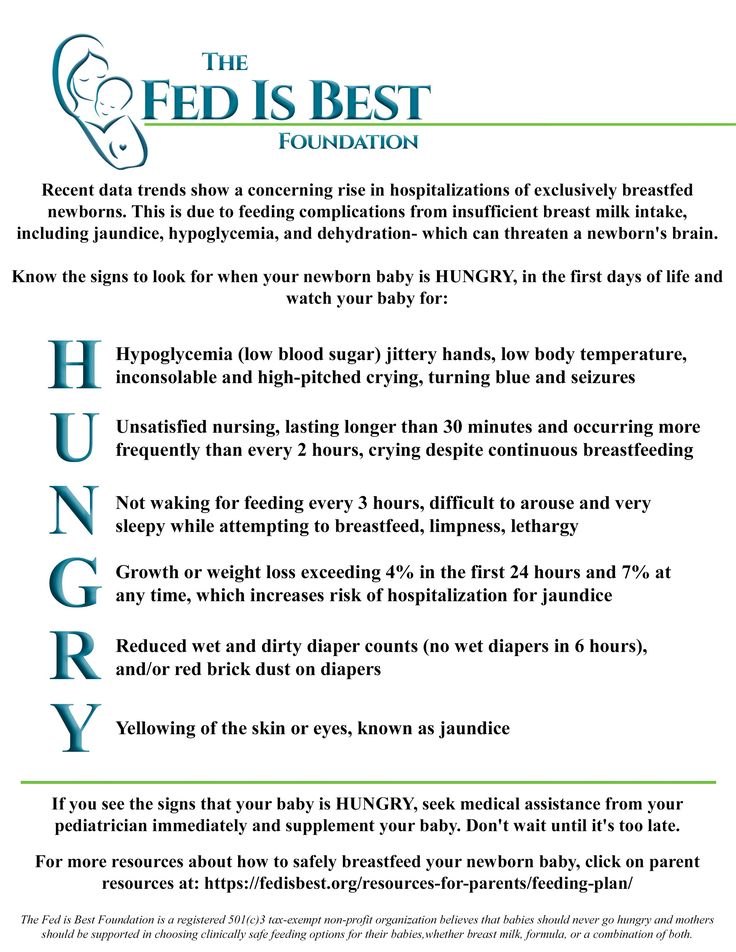 Usually adaptation crises: the second week of life, moving or going to work, travel. The baby is trying to calm down and regain confidence in her mother's support through more frequent attachments. The crisis can also be provoked by internal factors: for example, a child is preparing to fall ill, and through an increase in attachment, his body fights the disease with the healing elements of breast milk. Babies also tend to hover on their chest before any developmental leap (usually new skills, such as crawling or walking). Mom's milk and attention give the baby the strength to conquer new heights.
Usually adaptation crises: the second week of life, moving or going to work, travel. The baby is trying to calm down and regain confidence in her mother's support through more frequent attachments. The crisis can also be provoked by internal factors: for example, a child is preparing to fall ill, and through an increase in attachment, his body fights the disease with the healing elements of breast milk. Babies also tend to hover on their chest before any developmental leap (usually new skills, such as crawling or walking). Mom's milk and attention give the baby the strength to conquer new heights. - Crisis "growth spurt" . These growth spurts are tied to certain periods of a baby's life: about three weeks, a month and a half, three months, six and nine. During such periods, many children actively grow. For such rapid growth, babies need more nutrition than usual, so they quickly empty their breasts, which gives mothers the impression of “missing milk”. There is actually milk in the chest, just on crisis days the child eats it much more energetically and is ready to constantly ask for breasts, to eat more and more.
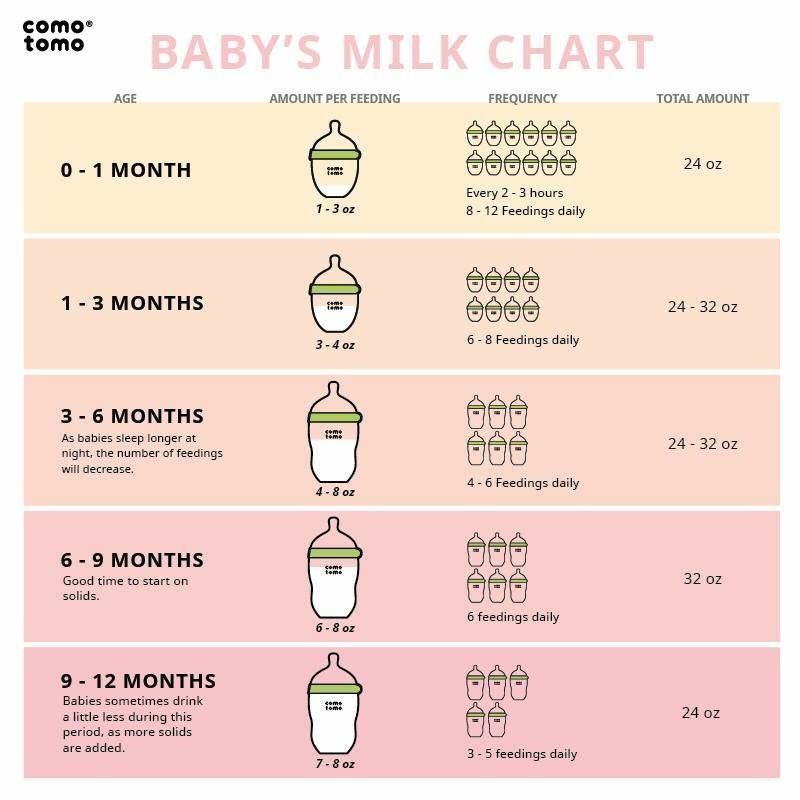
- The most seemingly obvious option to supplement with formula often becomes a “red flag” for the mother’s body: you don’t need so much milk, the child manages anyway. As a result, milk production really begins to decline rapidly.
- In a crisis situation, it is important not to panic, but for a couple of days literally lie down with the baby in bed and patiently feed, shifting from one breast to another as it is empty. You can drink hot tea, use lactogons, but this is not enough without frequent feedings. And most importantly, crises are a very short-term phenomenon, they rarely last longer than 2-4 days!
What to change?
Let's go back to the most common situation with "chest hanging": the baby gains weight only slightly better than the lower limit (500-700 g in the first three months of life or 400-500 g in the next three months). When, with such increases, the child is applied to the breast every 2-3 hours for about half an hour, this is expected.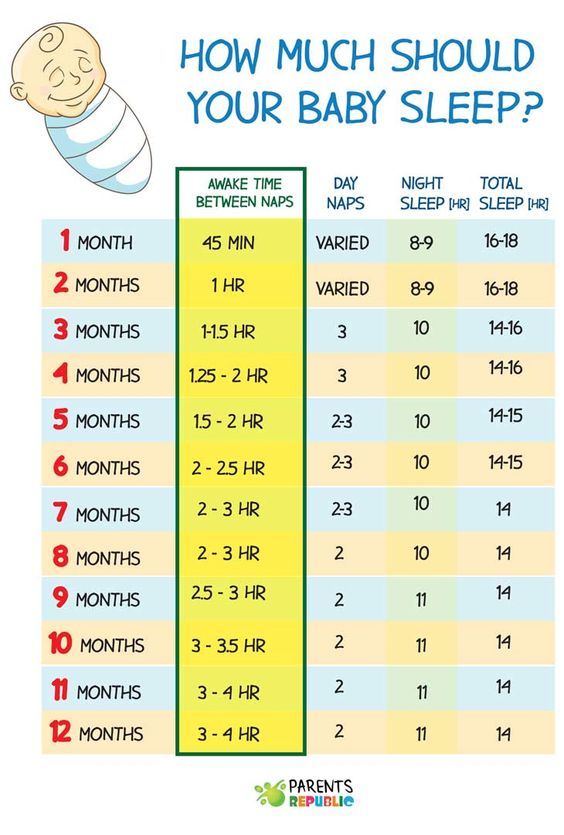 But if the feedings are more frequent and longer, then sucking is ineffective: the baby sucks out a portion of milk for a very long time, enough to eat.
But if the feedings are more frequent and longer, then sucking is ineffective: the baby sucks out a portion of milk for a very long time, enough to eat.
What to do?
- Adjust breastfeeding to the so-called “asymmetric” . When feeding, the breast should be captured deeper from below than from above: the main working parts of the baby's mouth (lower jaw and tongue) are located below, and stimulation from this side should be maximum. This method of application allows the baby to receive milk most efficiently and stimulate the breast to produce new milk.
Bring the baby to the breast at such a height that the nipple is at the level of the spout. On the chest, form a crease with the nipple in the middle so that the thumb is on top of the crease and opposite the baby's nose, and the index and other fingers are below, parallel to the baby's lower lip. When a child feels a breast nearby, he reflexively opens his mouth and throws his head back; then the nipple, which was at the level of the nose, will be directly opposite the mouth. And at this moment, the fold from the chest must be directed into the child's mouth, trying to make the nipple point upwards into the sky. If everything is done correctly, then the baby’s head will be slightly tilted up when sucking, the chin will be tightly pressed to the chest, and the nose is either completely free or touches the chest only with the tip. If the chin does not touch the breast, but the nose is pressed into it, then this is just inefficient sucking, in which the baby has to suck for a very long time to eat, and even the nipples can be injured.
And at this moment, the fold from the chest must be directed into the child's mouth, trying to make the nipple point upwards into the sky. If everything is done correctly, then the baby’s head will be slightly tilted up when sucking, the chin will be tightly pressed to the chest, and the nose is either completely free or touches the chest only with the tip. If the chin does not touch the breast, but the nose is pressed into it, then this is just inefficient sucking, in which the baby has to suck for a very long time to eat, and even the nipples can be injured. - To increase the milk received per session and reduce the time of application, make sure that the feeding is effective . It is a mistake to continue to keep the baby on the chest after he has already emptied it. If the baby has eaten the bulk of the milk from the breast and continues to suck, receiving drop by drop, a teaspoon in five minutes, then it is not surprising that he will not be particularly full after an hour.
 At the same time, if the mother simply transfers the child to another breast, in the same time the baby will receive a full, good portion of milk and eat much better!
At the same time, if the mother simply transfers the child to another breast, in the same time the baby will receive a full, good portion of milk and eat much better!
“But I heard that the breast should not be changed often, otherwise the baby will not receive hindmilk,” mothers object. Alas, this recommendation has created a lot of problems where they could have been avoided: it only applies to situations of excess milk production. If the lactation is so profuse that the baby has to swallow the lighter foremilk for a long time and actively before he gets to the fatter hindmilk, this makes sense. But if there is not much milk, then the child eats both the anterior portion and the fatter posterior portion, and after that continues to squeeze the last drops out of the breast for another half an hour, instead of receiving the second same portion from the other breast...
Pay attention to the baby's sucking rhythm to help you navigate the timing of the breast change. Forward, more liquid milk flows freely, the baby swallows it quickly and actively. Then the rhythm of the sips slows down, for several sucking movements there is only one swallowing. When the baby has to make 3-4 sucks before swallowing, it means that he has reached fatter and thicker milk.
Then the rhythm of the sips slows down, for several sucking movements there is only one swallowing. When the baby has to make 3-4 sucks before swallowing, it means that he has reached fatter and thicker milk.
A little more - and the rhythm is already five or six sucks per sip, the chest is almost empty. At this point, squeeze the breast at the base with one hand, which will squeeze the rest of the fatty hindmilk into the ducts. After the baby swallows a little more actively, but when his throat slows down again, it's time to change the chest.
Sometimes during times of crisis, it is necessary to transfer the baby from one breast to another several times during one feeding. But this is more effective and will give the child more benefit than keeping him all this time on one breast. When the baby begins to eat better, you will soon notice that the total feeding time has become shorter, and weight and height gains are better.
And don't hesitate to contact our consultants for help!
4.

 In all publications they write that the child should eat every 4 hours during the day, at night there is a break from 22.00 to 6.00. But day and night, the daughter eats every 2 hours. Do I need to retrain it and what to do about it. In the afternoon, complementary foods were introduced - cereals and mashed potatoes. At night - chest. During the day, he almost always refuses to breastfeed. She tried to give more food, but she, knowing her norm, does not eat anymore. At night, he eats breasts VERY willingly.
In all publications they write that the child should eat every 4 hours during the day, at night there is a break from 22.00 to 6.00. But day and night, the daughter eats every 2 hours. Do I need to retrain it and what to do about it. In the afternoon, complementary foods were introduced - cereals and mashed potatoes. At night - chest. During the day, he almost always refuses to breastfeed. She tried to give more food, but she, knowing her norm, does not eat anymore. At night, he eats breasts VERY willingly.  You don’t need to do anything, over time, she will change her schedule herself and begin to eat less often!
You don’t need to do anything, over time, she will change her schedule herself and begin to eat less often! 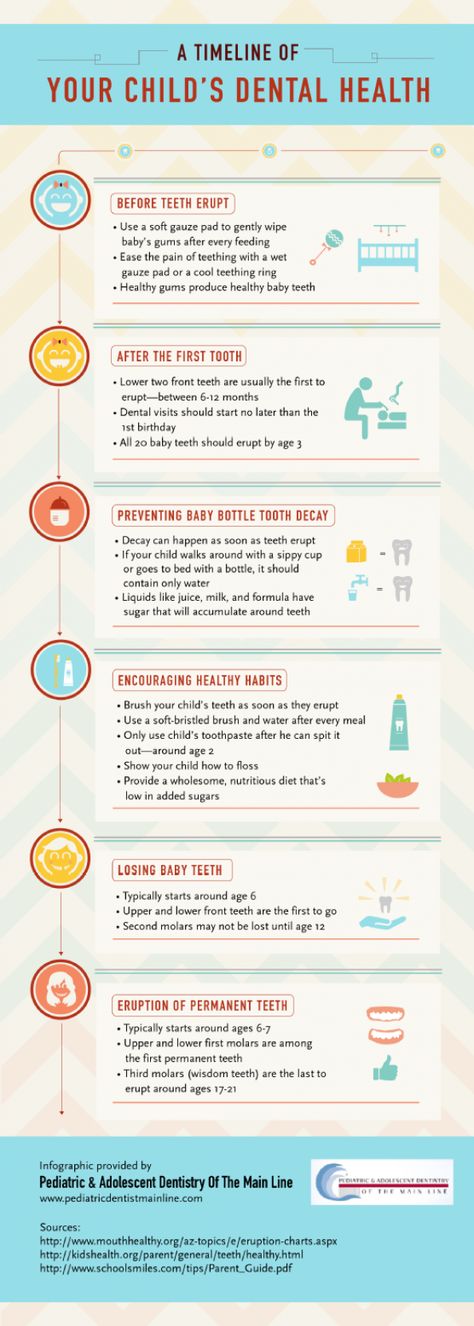 Feed when you want, as much as you want (no more, no less) and give what you want - this prevents problems with excess weight and diseases of the gastrointestinal tract. The body of a child is much smarter than us.
Feed when you want, as much as you want (no more, no less) and give what you want - this prevents problems with excess weight and diseases of the gastrointestinal tract. The body of a child is much smarter than us.  Eats and health! The child will not eat too much, you were convinced of this when you tried to increase portions. So don't worry.
Eats and health! The child will not eat too much, you were convinced of this when you tried to increase portions. So don't worry.  Babies often refuse to breastfeed if the taste of milk has changed, they liked the introduction of complementary foods, because it is easier when they are given in the mouth, rather than sucking. This is a common occurrence, you should not worry. Be healthy
Babies often refuse to breastfeed if the taste of milk has changed, they liked the introduction of complementary foods, because it is easier when they are given in the mouth, rather than sucking. This is a common occurrence, you should not worry. Be healthy 








